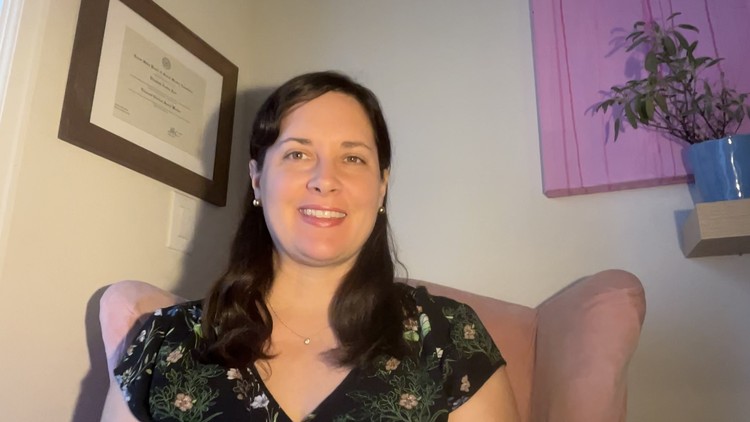
Getting Unstuck
What you will learn
Learn several meditation prompts and meditate for one minute
Learn and approach and attitude for handling difficult feelings, “Healing Hands” exercise from Acceptance and Commitment Therapy
Learn five domains of self-care (physical, social, psychological/emotional, spiritual, and professional), self-assess current self-care, identify growth areas
Understand stress responses and the relevance of coping skills (fight, flight, freeze, and your “window of tolerance”)
Brainstorm budget- and time-friendly self-care ideas
Do the Acceptance and Commitment Therapy Bull’s Eye Activity for values-aligned living in four domains of life (work/education, relationships, health, leisure)
Learn two problem-solving frameworks for ideas to get unstuck: a seven-step problem solving approach, and problem-solving per Nonviolent Communication
Name the four pillars of wellness
Make S.M.A.R.T. Wellness Goals
Better appreciate the reason coping skills are important to achieve optimal functioning
Improve ideas about a balanced life with the use of several clinical concepts (self-care, values-driven life choices in four life domains)
Increase the toolbox of resilience strategies
Why take this course?
In this course, I support your “wellness breakthrough” with educational content (not therapy). I invite you to sit with me for a one-minute meditation at the beginning. Then, I model a healthy approach and attitude toward dealing with difficult feelings per Acceptance and Commitment Therapy. Next, I show you around a map of the stress-response (your “window of tolerance” and fight, flight, and freeze stress reactions), with mental health education that could be helpful for emotions self-regulation. I talk about why coping skills are important to expanding your “window of tolerance,” allowing you to cope even with stressful situations in a way that is calm, cool, collected, and connected, a.k.a. pointing you in the direction of resilience. I help you answer the question: but how can I practice self-care with limited time or on a limited budget? We’ll come up with answers. To further help you get “un-stuck,” I offer guidance about a 7-step problem-solving formula, as well as options for action per the book Nonviolent Communication. I offer you information about another Acceptance and Commitment Therapy exercise wherein you identify your life values (toward self and others) in four domains of life: relationships, work/education, health and religion/spirituality, and recreation/leisure. This encourages balance because the domains themselves underscore that there is always more to life than work alone, for example. I help you draw a picture (no drawing skills required!) about how your current life aligns with your values, so that you can further reflect on this. I remind you about the four pillars of wellness: diet, sleep, exercise, and stress management. Then, considering whatever hopes you brought into this course and whatever new ideas you have as a result of this course, I invite you to write-up your “S.M.A.R.T. Wellness Goals” (goals that are Specific, Measurable, Attainable, Realistic, and Time-bound), so that you can make your next step in the direction you value. This course emphasizes balance in elucidating the different domains of self-care or the different domains of life, e.g. supporting you to incorporate intentional leisure time and self-care. This course also uses current scientific knowledge to underscore the importance of coping skills, and strives to make achieving those coping skills more attainable with practical tips.